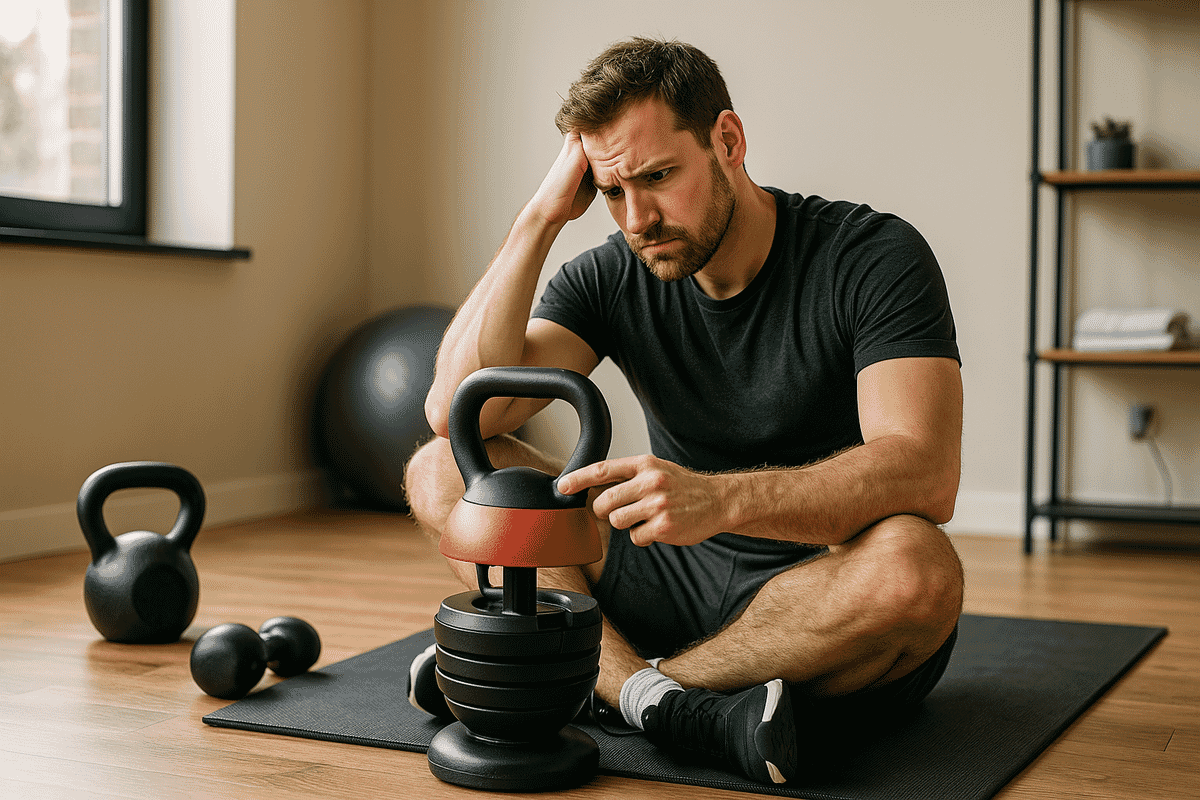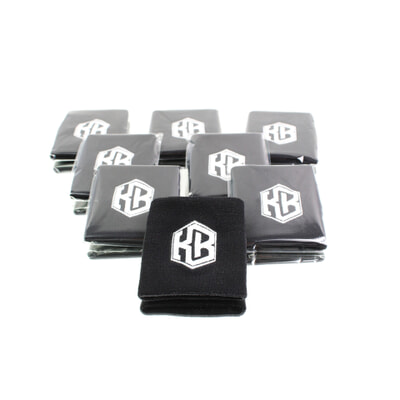Do you ever find yourself using the same weight for every kettlebell exercise? Or needing to stop mid-workout just to reconfigure your kettlebell? Adjustable kettlebells are a great convenience—but they come with a few real pitfalls. In this article, we’ll go through 5 common and realistic mistakes people make (and how to avoid them with simple tweaks).

5 Common Mistakes with Adjustable Kettlebells (and How to Avoid Them)
1. Using the Same Weight for Too Many Exercises
People with adjustable kettlebells often stick to a middle weight (like 16 or 20 kg) for everything: swings, cleans, presses…
What happens: poor technique, limited progression.
How to avoid it: learn which exercises truly require different loads, and switch weights more often—even if it takes effort. It helps to note 2–3 typical weight setups based on your training type.
2. Adjusting the Weight “By Eye” Without Checking Symmetry
Many adjustable models, especially those with internal plates or blocks, can end up unbalanced if not assembled carefully.
What happens: weird rotation, wrist or forearm pain, joint discomfort.
How to avoid it: take a few seconds to check the symmetry. The weight should be balanced and stable. If you hear rattling or feel vibration during swings, something’s likely off.
3. Underestimating Adjustment Time Mid-Workout
You start an EMOM (Every Minute on the Minute) or “for time” workout full of energy… then end up wasting time adjusting the kettlebell.
What happens: stress, lost rhythm, lower intensity.
How to avoid it: prep your weight blocks beforehand, or design the workout to minimize weight changes. For example, use constant-load AMRAPs or alternate only between two settings.
4. Training on the Wrong Surface
At home, people often train on tile, hardwood, or unstable mats. A poorly placed kettlebell can slide or damage the floor.
What happens: injury risk, damage to your space.
How to avoid it: use a stable, non-slip surface. Even a firm mat can make a big difference. If switching rooms or flooring, test with light swings first.
5. Neglecting Maintenance of the Internal Mechanism
Threaded or slide-lock systems can start grinding or jamming if not cleaned. Dust and sweat build up over time.
What happens: adjustment becomes slow or even fails.
How to avoid it: every 5–10 sessions, disassemble, clean, and dry your bell. No oil needed—just a dry or slightly damp cloth. Some models also tolerate a gentle burst of compressed air.
Conclusion
Adjustable kettlebells are a powerful tool—but only if you understand their quirks. With a few small adjustments in how you use and care for them, you’ll train more efficiently and get better results.
Bonus: Have You Made Any of These Mistakes?
Sharing them might help someone else improve their kettlebell game. If you’ve run into any of these situations, pass this post along to fellow home lifters.
And when you avoid these mistakes…
- Your technique gets sharper
- Your workout flows more smoothly
- Your gear lasts longer
Small tweaks. Big difference.








